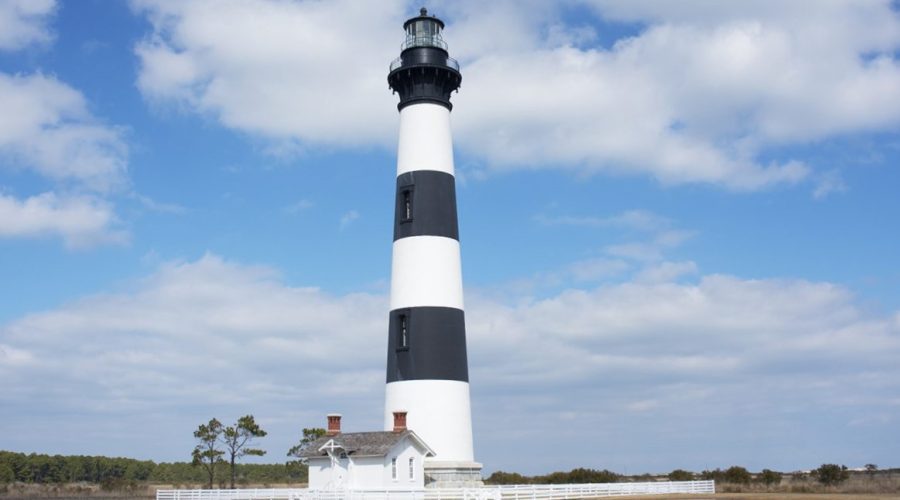Historian David Cecelski recounts his visit to the Natural History Museum in London, which holds the specimens of coastal North Carolina flora that John Lawson sent to English naturalist James Petiver in the early 1700s.
Culture & History
ECSU Choir marks 90 years of bringing music to the people
The Elizabeth City State University Choir, which performed recently at First Flight High School in Kill Devil Hills, has been sharing its songs with audiences across the region since 1933.
Carteret County’s history, amenities have long lured
In our county history series: Colonial beginnings, Civil War battles, maritime industry, fishing, tourism and coastal living among Carteret’s numerous draws.
New chapter begins for Black teachers’ old meeting space
Officials broke ground Friday for the renovation of the more than 5,300-square-foot building at Hammocks Beach State Park where Black educators convened during segregation.
Hyde County protest led to little-known, civil rights success
Black and Native American parents in Hyde County carried out in 1969 one of the longest and most successful Civil Rights protests in the country.
Native American roots run deep in Hyde; much is unknown
“It’s really like putting together a puzzle,” says career journalist and family researcher Ramona Brown, who grew up in Beaufort County and now lives in Knightdale.
Symbol of Home: The Linnean Society’s Venus Flytrap
While spending a few days in London this fall, historian David Cecelski visited the Linnean Society, the oldest biological society, to get a glimpse of a 1759 letter with the first known written record of the Venus flytrap.
New Bern commemorates centennial of Great Fire of 1922
A quarter of the city went up in flames 100 years ago, the largest urban fire in North Carolina history.
Waterfowl Weekend to celebrate local food traditions
The Core Sound Waterfowl Museum and Heritage Center on Harkers Island has added a new event, a traditional stew and chowder competition, to its annual Waterfowl Weekend.
Search for Blackbeard’s treasure based on enduring myth
Popular literature and the public’s imagination have long perpetuated the notion that the notorious pirate buried his ill-gotten wealth, perhaps on Ocracoke Island.
Two events set to pay tribute to fishing industry, families
The 25th Blessing of the Fleet in Morehead City is set for Sunday morning and the Swansboro Blessing of the Fleet is Oct. 7.
Lighthouse builder Dexter Stetson laid sturdy foundations
The construction supervisor employed his structural solution to problems encountered when building the Hatteras light in later projects at Bodie Island and Currituck Beach.
‘Hey, I’m here’: Genealogist says family isn’t a ‘lost tribe’
Marvin Tupper Jones, whose Albemarle family history predates the Lost Colony, says he’s living proof that his Chowanoke ancestors didn’t just disappear from the historical record.
Story of flight on Mars has parallels to Wrights’ challenges
A replica of the Ingenuity Mars helicopter recently took flight at the national memorial in recognition of National Aviation Day and the Wright brothers’ ingenuity.
Coast Guard Station Elizabeth City set to mark 82nd year
The Coast Guard’s largest aviation facility, Air Station Elizabeth City has grown from 249 to 800 acres, and from 60 to 2,000 personnel and employees since being commissioned Aug. 15, 1940.
Dare County has played key roles in NC history, tourism
In our continuing series on coastal county history, the county named for the first English child born in the New World still draws people from around the world.

















